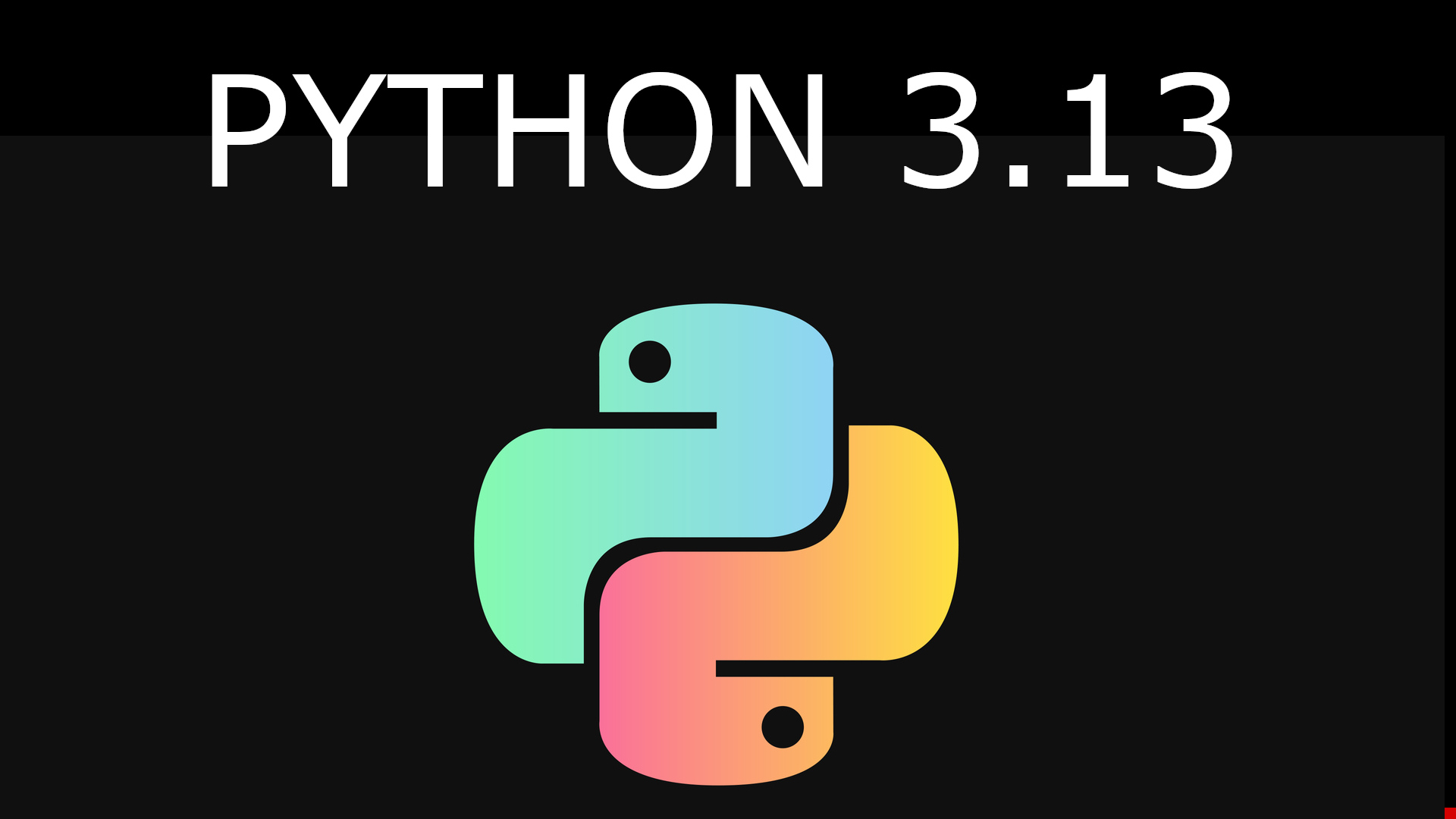Python 3.13.0 Released: What’s New and Exciting
Release Date: October 7, 2024
The Python community has reason to celebrate with the release of Python 3.13.0, the newest major version of the beloved programming language. Packed with exciting new features, optimizations, and some important changes, this release marks a significant step forward from Python 3.12. Below, we’ll dive into the major highlights and enhancements that come with this release.
Major New Features
1. Enhanced Interactive Interpreter
Python 3.13 introduces a new and improved interactive interpreter based on PyPy’s, featuring:
- Multi-line Editing: A more flexible editing experience for interactive sessions.
- Color Support: Enhanced readability with colorized output.
- Colorized Exception Tracebacks: Easier debugging with improved error messages.
2. Experimental Free-Threaded Build Mode
This new feature allows Python to disable the Global Interpreter Lock (GIL), enabling threads to run more concurrently. The free-threaded build mode is available as an experimental feature in the Windows and macOS installers, opening the door for performance improvements in multi-threaded applications.
3. Preliminary Just-In-Time (JIT) Compiler
A new experimental JIT compiler has been introduced, providing the groundwork for significant performance improvements in future releases. This feature aims to enhance execution speed and efficiency, making Python even more competitive.
4. Improved locals() Function
The built-in locals() function now has well-defined semantics when mutating the returned mapping. This change ensures that debuggers can operate more consistently, leading to better developer experiences.
5. New Memory Allocator: mimalloc
Python 3.13 includes a modified version of mimalloc, which is optional but enabled by default if supported by the platform. This new memory allocator is designed to enhance performance and reduce memory fragmentation.
6. Docstring Optimization
In a bid to reduce memory usage and the size of .pyc files, leading indentation in docstrings is now stripped. Most tools handling docstrings already perform this action, making it a welcomed optimization.
7. New dbm Module Backend
The dbm module now defaults to using a new dbm.sqlite3 backend when creating new files, offering improved performance and functionality.
8. Changes in Platform Support
- The minimum supported macOS version has been raised from 10.9 to 10.13 (High Sierra).
- WASI has been classified as a Tier 2 supported platform.
- iOS and Android are now categorized as Tier 3 supported platforms.
Typing Enhancements
Python 3.13 also introduces several new typing features:
- Type Defaults: Support for type defaults in type parameters.
- New Annotations: Including
typing.TypeIsfor type narrowing and annotations for marking read-only items in TypeDicts.
Removals and New Deprecations
As part of the ongoing effort to streamline the standard library:
- PEP 594 has led to the removal of many deprecated modules, including
cgi,nntplib, and more. - Additional deprecated classes, functions, and methods across various standard library modules have also been removed.
- New deprecations have been introduced, with many scheduled for removal in upcoming versions (3.15 or 3.16).
Conclusion
Python 3.13.0 represents a pivotal moment in the language’s evolution, bringing enhancements that promise to improve both performance and developer experience. With new features, improvements, and important changes, now is a great time to explore the latest release.
For more details on the changes in Python 3.13, check out the official documentation and PEP 719.
Happy coding with Python 3.13!
Download Python 3.13
You can download Python 3.13 from the official Python website.
Feel free to share your thoughts and experiences with the new features in the comments below!
